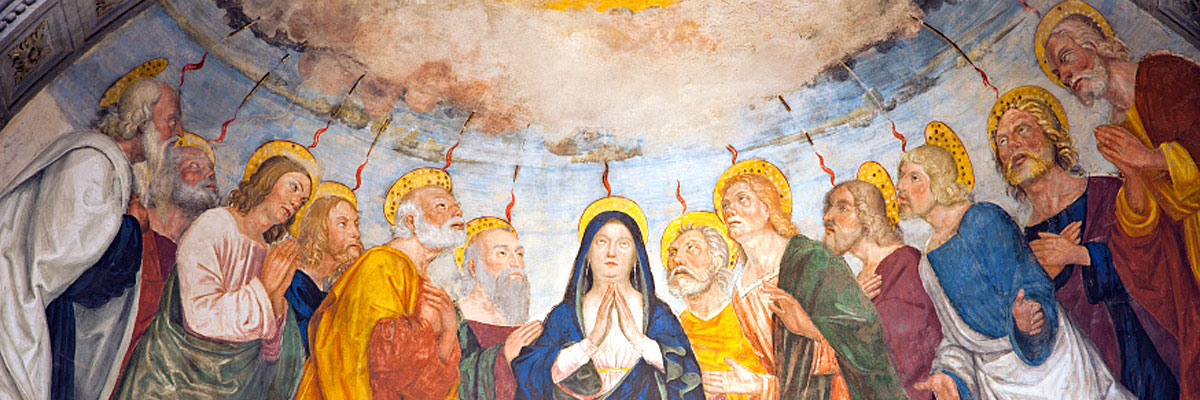
Understanding Our Church
A Treasury of Arkansas Writers Discussing the Catholic Faith
Official Website of the
Catholic Diocese of Little Rock
Jesus humbled himself, became one of us so we could become like him
Published: May 3, 2003
By Charles T. Sullivan
A few years ago, while making a sales pitch to a prospective client, I was caught completely off guard when the man suddenly reached into his desk drawer, pulled out an obviously well-read Bible and challenged me with this question: “Can you sum up in one sentence the central theme of this book?”
Obviously, this was not what I would describe as your typical customer-vendor query, and it took a moment or two for me to collect my wits and decide whether he was asking a genuinely serious question or instead trying (and frankly succeeding!) to gain some psychological advantage in our negotiations.
Deciding on the former, I took a deep breath and said, “I’m not sure exactly what you are looking for, but here is the best I can do with such short notice and without benefit of Cliffs Notes: As foretold from of old, the Son of the living God became a man so that men and women might live forever as adopted sons and daughters of God.”
The man and I sat looking at each other in uncomfortable silence for what seemed like an eternity. Then he slowly nodded his head, put the Bible away, and said something I’ve thought about many times since: “There are those who claim to be Christian yet have no idea what they really believe. Thinking often about your faith and occasionally seeking to reduce it into one coherent sentence is a worthwhile exercise.”
Lex orandi, lex credendi: The Church prays as the Church believes. At every eucharistic celebration, we recapitulate and proclaim the mystery of our Catholic faith by reciting one of a handful of memorial acclamations. These simple yet profound liturgical formulas point to the very heart of what it means to be a Christian. They are succinct reminders the Lord Jesus is the center of our lives and the key to our salvation. They help us to remain mindful of both our calling and our destiny as children of God.
Throughout the long history of the Church, many saints and theologians have endeavored to summarize the mystery of faith, with slightly differing emphases and varying degrees of success. St. Irenaeus, writing toward the end of the second century, said Christ “became what we are in order to enable us to become what he is.”
Some 10 centuries later, St. Thomas Aquinas took that thought one step further: “The only-begotten Son of God,” he said, “assumed our nature so that he, made man, might make men gods.”
In our own day, Cardinal Walter Kasper has suggested the mystery in its simplest and most-basic form is Trinitarian. We can, he claims, sum up this mystery in one sentence: “Through Jesus Christ and in the Holy Spirit, God is the salvation of man.”
Looking again to the liturgy for inspiration and guidance, let us recall a beautiful prayer said silently by the priest just before he himself receives the eucharistic Body of Christ. This prayer is a perfect three-sentence summation and proclamation of the deep mystery of our Catholic faith: Lord Jesus Christ, Son of the living God, by the will of the Father and the work of the Holy Spirit, your death brought life to the world. By your holy body and blood, free me from all my sins and from every evil. Keep me faithful to your teachings, and never let me be parted from you.



